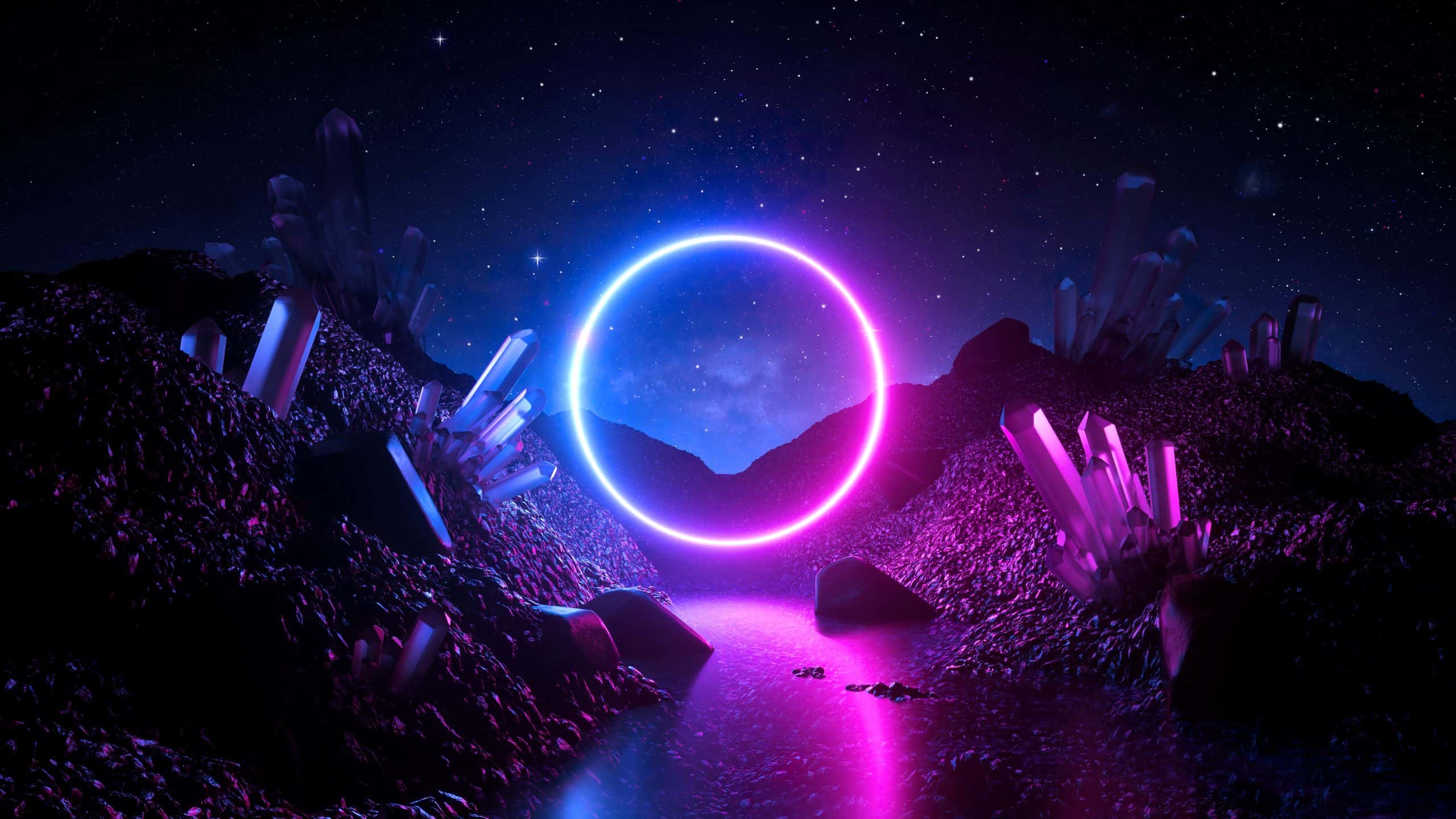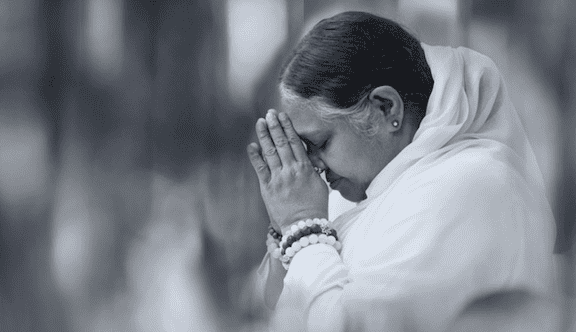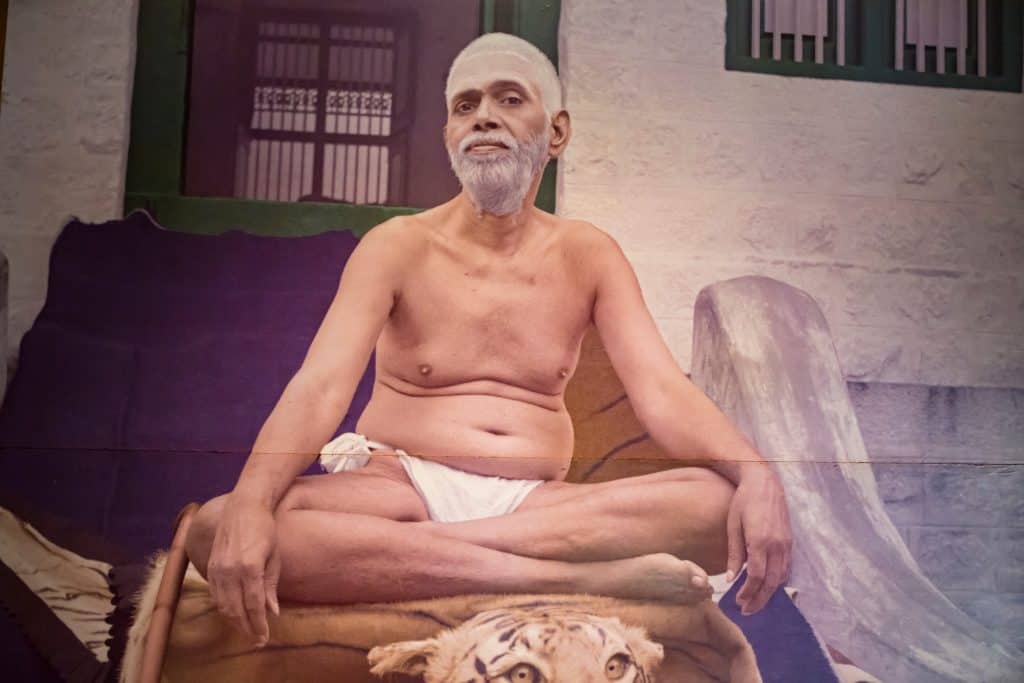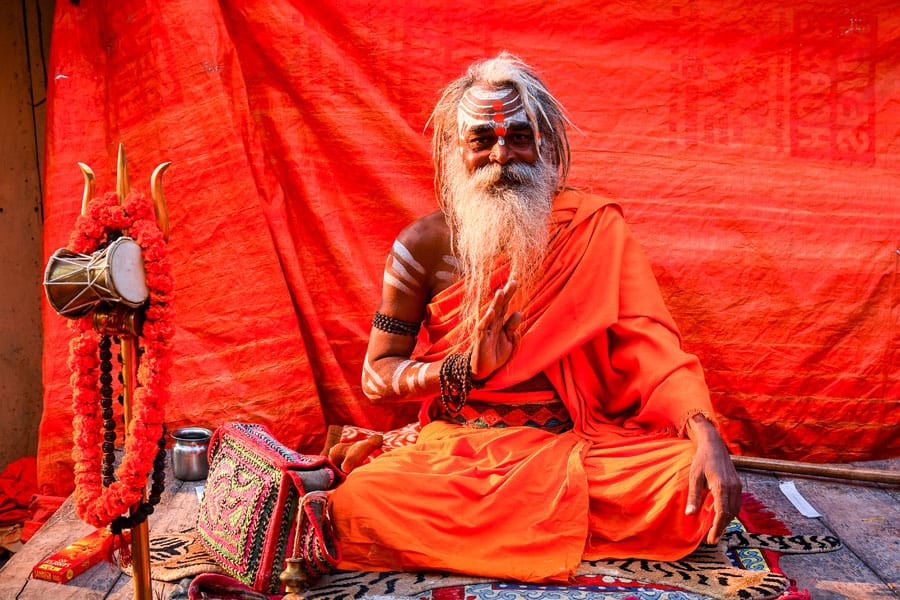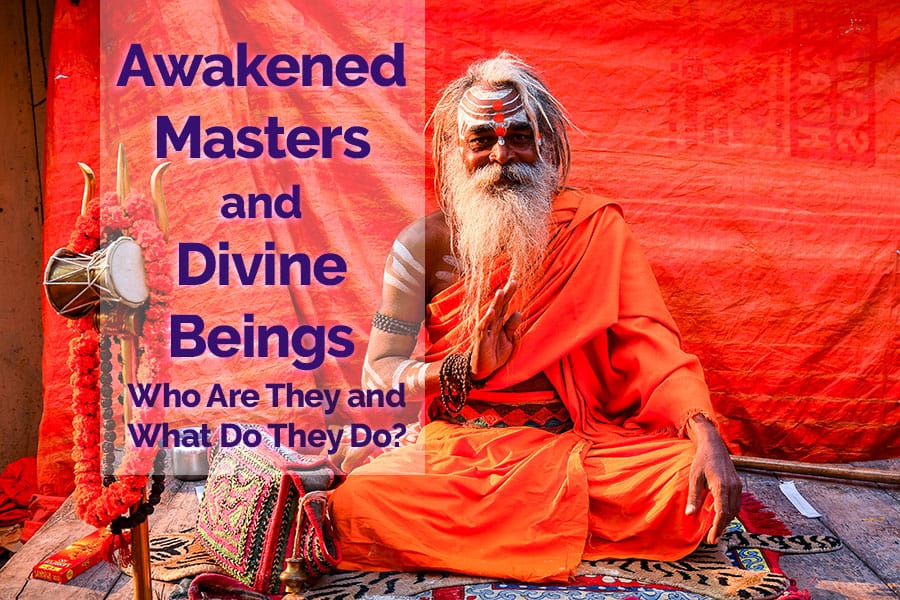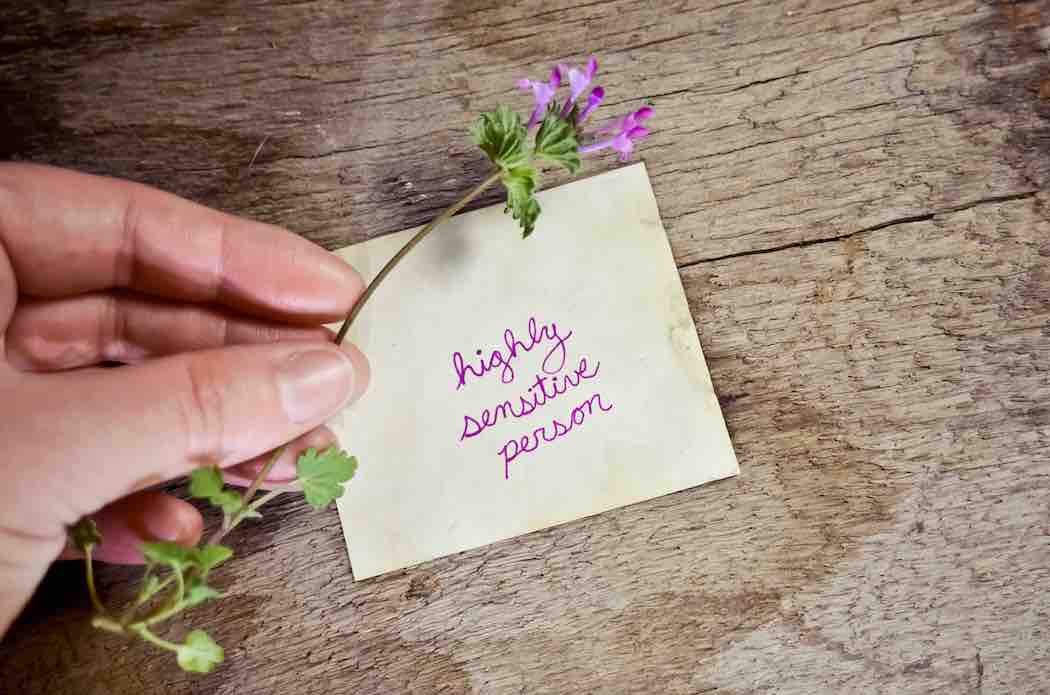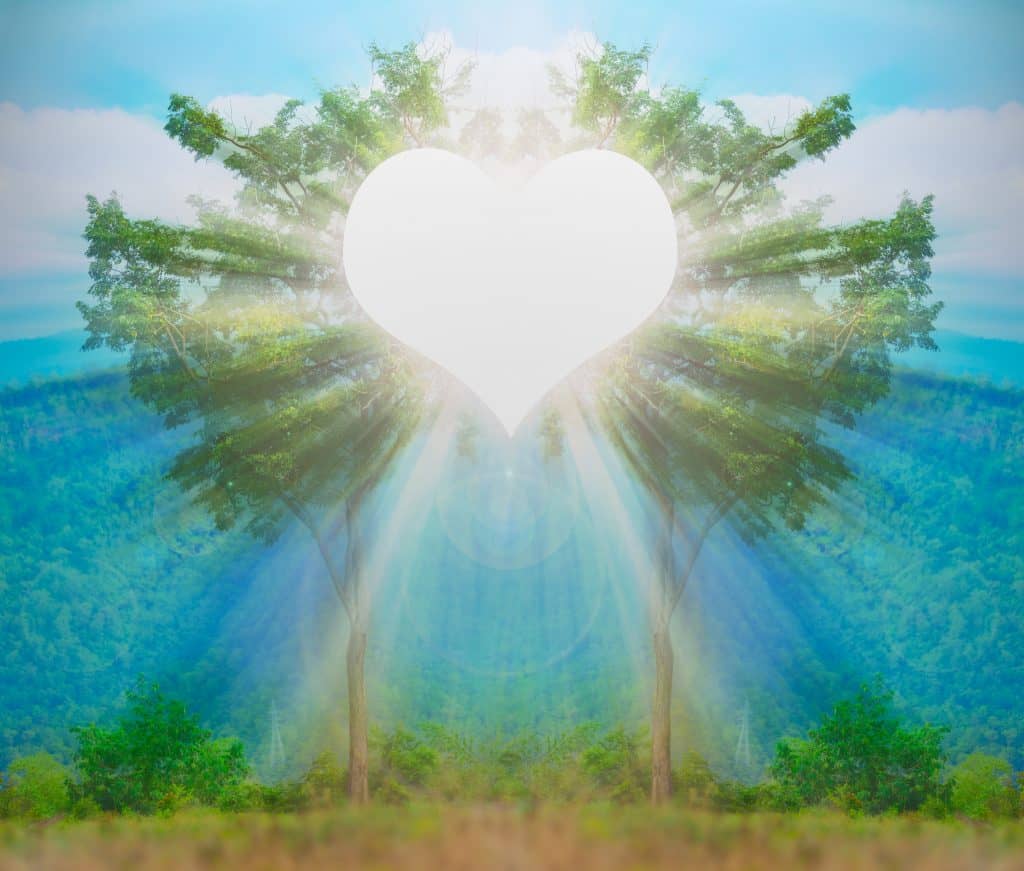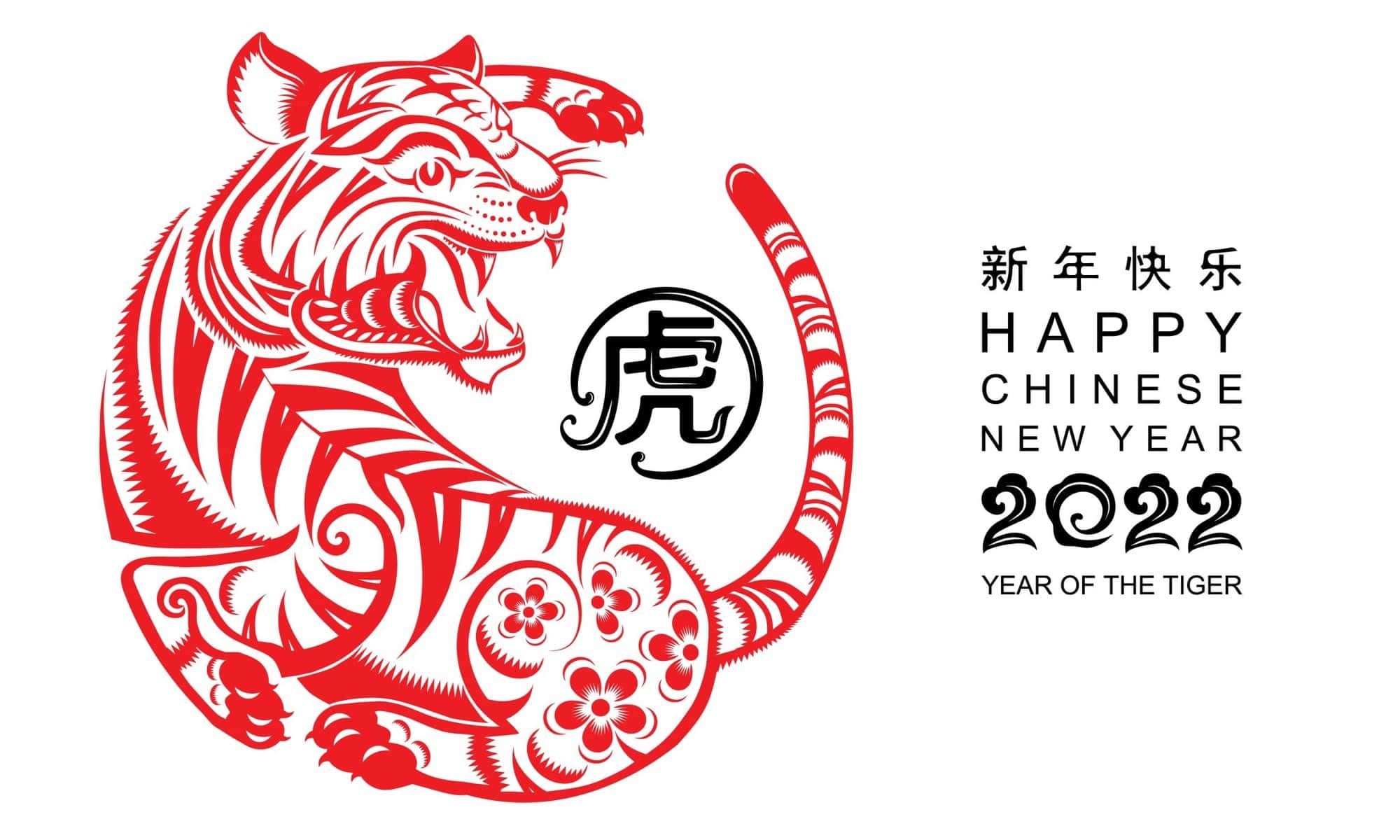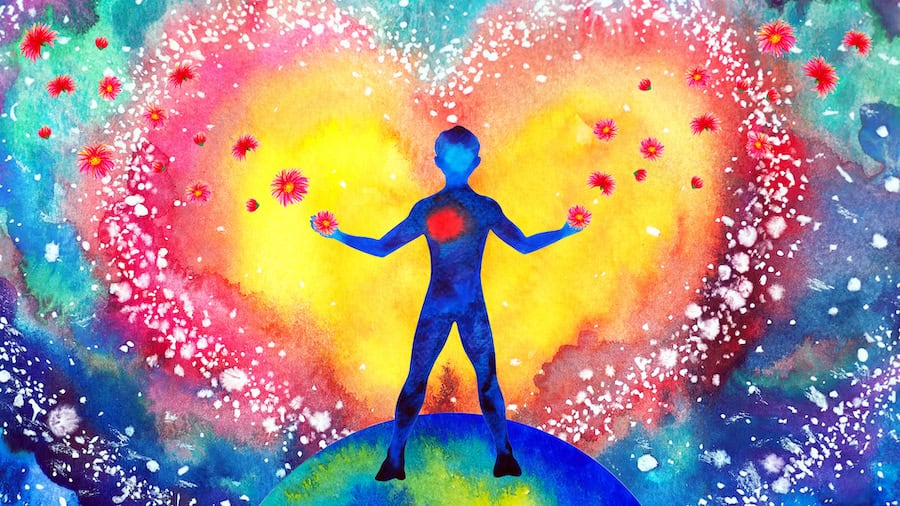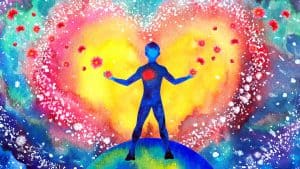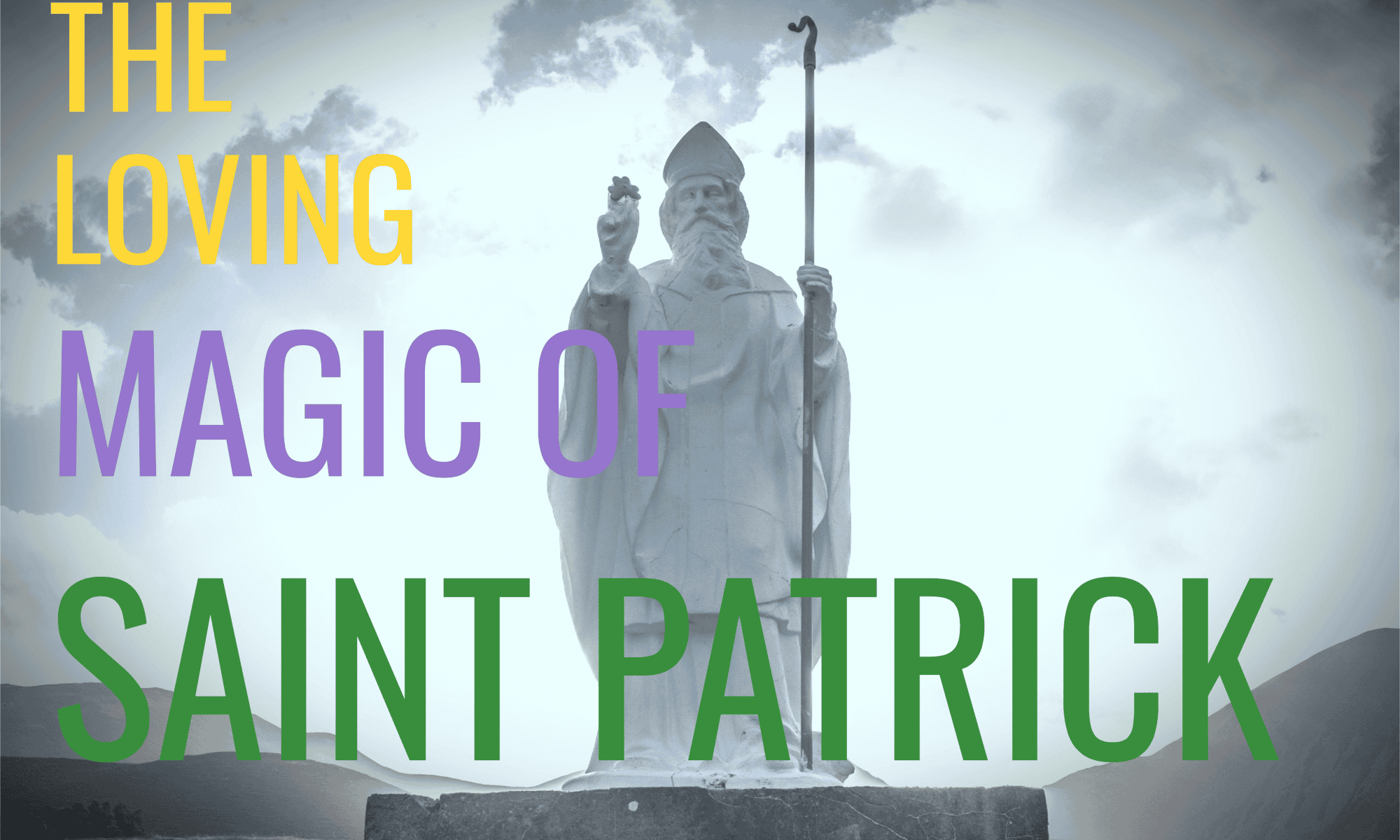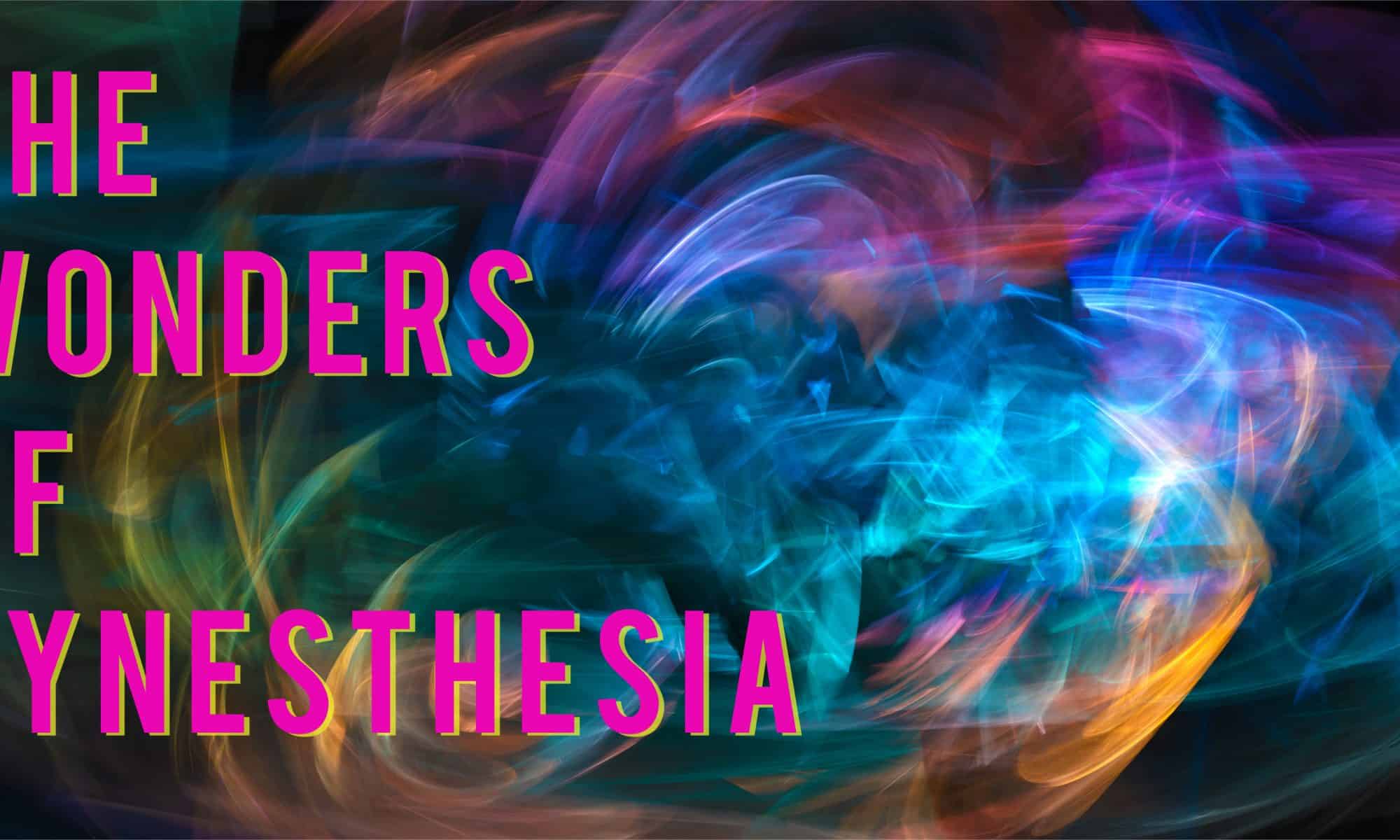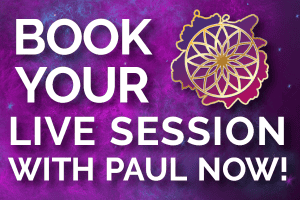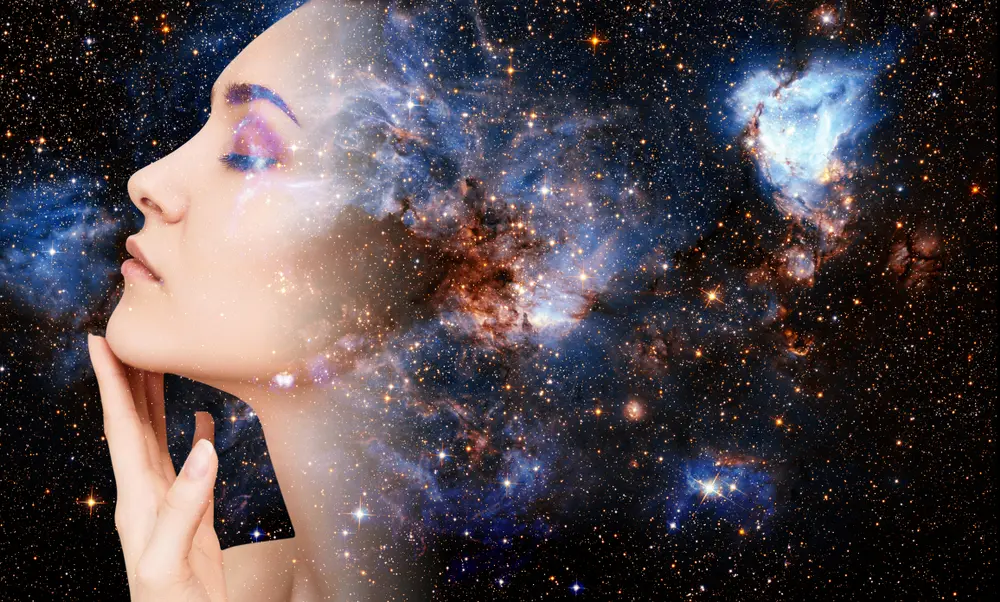
For as long as history remembers, humans have always asked that unanswerable question: Why are we here? We gaze up to the stars and wonder just how far the sky reaches and how we came to exist on this planet. Does our consciousness extend beyond our limited understanding, and what is the truth about the human soul?
We all crave a more profound sense of calling, of purpose, and it very well may be that we have one! There is a trend among many seekers who believe that we may not be from this planet but reincarnated souls that originate from faraway places.
Starseeds, or alien souls in human bodies, may be walking among us without our knowledge. Who knows, you might be a Starseed yourself!
What Are Starseeds and How Do They Reincarnate From The Stars?
What is a starseed and how to know if your soul came from the stars? Starseeds are souls believed to have originated from distant star systems, galaxies, or dimensions beyond Earth. They are thought to reincarnate on Earth to assist in spiritual evolution, often feeling a deep sense of mission or purpose. Many types of Starseeds exhibit heightened intuition, wisdom, and a longing for cosmic connection, often feeling different from others. Their traits and abilities are said to align with their star origins, influencing their personalities, talents, and life paths.
The Legend of the Starseeds
There are many different interpretations of the Starseed legend. Still, the most common concept of the Starseed derives from those who closely study the Akashic Records, which originate from the Sanskrit phrase “that which holds all.” The Akashic Records are like an expansive database of information consisting of all the choices we’ve made and events we’ve experienced throughout our existence.
Each individual’s Akashic Records can help them see themselves as if in a mirror, reflecting their soul’s journey. Seers who have accessed their higher selves and viewed their Akashic Records have found trends in their soul’s journey, including the choice to reincarnate to a new planet – Earth.
Overall, the consensus on Starseeds is that they are advanced individuals who have abnormally high intelligence and the ability to empathize with others deeply. Many Starseeds souls also report the ability to predict the future or sense when things will occur.
Why Would Starseeds Choose Earth?
For most seers who have accessed their higher self and discovered their Akashic Records, their choice to reincarnate on Earth involved benevolent intentions. Others believe that there are Starseeds among us with selfish motivations, looking to use our resources to benefit their home planets.
While physical human bodies only last a century if they’re lucky, Starseed souls have aged hundreds of thousands of years. As a result, they hold the knowledge and experience of which mortal humans can only dream. Our young planet has not yet had the opportunity to learn and grow even a fraction of the amount that other planets in other universes have.
Why Do Starseeds Come To Earth? What Is Their Purpose?
Many say that Starseeds chose Earth so that they could bring their advanced resources to our planet, which lags behind other universes’ innovations and development. Others say they’re here to guide our race towards our ultimate purpose and help us elevate to our higher selves.
14 Types of Starseed Souls & Where They Came From
The knowledge we’ve received from seers and channelers of the higher self has given us the ability to make out different types of Starseeds. There are a few commonly known types of Starseeds, each descending from distant galaxies and accredited with varying contributions to Earth.
There are 14 different types of Starseeds that are popularly accepted (types of starseed souls and galaxy origins):
-
- Sirian Starseeds: Deeply spiritual and wise souls, Sirian Starseeds have a strong connection to ancient civilizations, including Atlantis and Lemuria.
- Pleiadian Starseeds: These types of Starseeds are compassionate, intuitive, and emotionally aware beings who put a high value on love and healing.
- Arcturian Starseeds: Arcturian Starseeds are both highly intelligent and technologically advanced beings that put a fierce focus on innovation and enlightenment.
- Andromedan Starseeds: These types of Starseeds are free-spirited and creative souls that place an importance on independence, exploration, and personal growth.
- Indigo: This Starseed is a rebellious, intuitive soul with a deep sense of purpose that’s ready to shake up old systems, question authority, and spark some serious transformation.
- Crystal: A gentle, high-vibrational soul that feels a deep connection to love, healing, and harmony that’s here to uplift humanity and bring light to the world.
- Rainbow: Rainbow Starseeds are free-spirited souls that are radiating joy, creativity, and unconditional love. They’re here to raise Earth’s frequency and inspire a new era of unity and healing.
- Lightworker: These Starseed souls are driven by a deep inner calling to spread love, healing, and higher consciousness and are here to illuminate the path for others and uplift the planet.
- Orion Starseeds: Do you possess a logical and knowledge-driven soul? You might be an Orion Starseed, especially if you seek truth, wisdom, and balance.
- Feline (Lyran) Starseeds: These types of Starseeds are spiritually evolved and are equipped with heightened intuition, agility, and independence. They are also linked to ancient Egyptian mythology.
- Maldek: A resilient soul from the destroyed planet Maldek that carries a deep wisdom and is on a mission to restore balance, heal past karmic wounds, and help humanity avoid self-destruction.
- Lemurian: These Starseed souls are ancient, heart-centered souls connected to the lost civilization of Lemuria that’s here to awaken divine wisdom, heal through love, and guide humanity back to unity and harmony.
- Atlantean: A visionary soul with deep ties to the lost civilization of Atlantis that’s here to restore ancient wisdom, advance spiritual technology, and help humanity evolve with balance and integrity.
- Reptilian: These types of starseeds are highly intelligent and strategic souls that possess strong leadership qualities and a profound understanding of power dynamics. They’re here to challenge limitations, transform energy, and assist in the evolution of consciousness.
Sirian Starseeds get their name from their origination from Sirius A and B stars, visible from our planet! These Sirian Starseeds are credited with bringing masters like Jesus and Mary to our planet and being from the home of human beings’ ancestors.
On the other hand, Pleiadians come from the Taurus constellation and are known as historians of Earth’s existence. These Starseeds are matriarchal, family-centered, and operate with high levels of creativity, love, and spirituality.
Arcturians are the most advanced of all the Starseeds and originate from an angelic realm, acting as the gateway between physicality and spirituality. Andromedans are telepathic beings from the Andromeda Galaxy and exist to achieve complete love and peace for their beloved enslaved cousin races, like the humans. Reptilians are the slave masters, shapeshifters who attempt to manipulate the human race through political power.
Taking the time to meditate on your being and access your soul, in combination with researching types of Starseeds will allow you to learn more about your soul’s journey and identify yourself.
What Are The Signs You Could Be A Starseed?
Before I get into the traditional answer to the question, “Are you a Starseed?” I must say this:
It does not matter if you are a Starseed or not. And it might be absolutely impossible to know whether or not you hail from another planet or galaxy. In most cases, especially within the new-age community, people are looking to escape their realities rather than face them.
The reality is that you are HERE NOW.
HERE NOW means you are a spirit in a human body. There is nothing more important than this idea.
If you’re interested in the knowledge or wisdom from another galaxy, remember that all spiritual knowledge is accessible through meditation. And all scientific knowledge must be proven in this physical world.
That said, here’s more of the Starseed candy you’ve come to love:
According to those in the know, Starseeds are likely laying dormant in their human bodies and are unaware of their core wisdom. When Starseeds reincarnate into human bodies, they experience total amnesia.
Their experiences, thoughts, emotions, and choices that make up their journey as a soul are locked into their core, waiting to be accessed. It is the Starseed’s mission to access that core by flipping the switch on their higher self.
If you’re reading this, it’s already more likely that you are a Starseed! It means you have an inner calling to something more and an inherent discomfort in your current state. While everyone should access their higher selves, Starseeds depend on it to unlock their true identity and purpose.
Signs You’re a Starseed
Do you have a longing for home that never goes away, even when you are home? Do you feel like you belong somewhere else, far away? Do you feel lonely and no one’s company can satisfy this ache?
While some Starseeds experience more subtle loneliness and longing for home, others have more urgent feelings that they don’t belong. Many Starseeds thrust themselves into learning about the higher self, reincarnation, and other mystic concepts. They look fervently for answers to their discomfort in their human bodies on the three-dimensional plane.
These are all huge indicators of being a Starseed, especially if these feelings are combined with a fascination for space, an inability to understand the confusing and irrational ways of other humans, and the excitement that you might not be a human after all!
Here are some other signs you’re a Starseed:
-
- Deep Sense of Not Belonging: You’ve always felt different or out of place in society.
- Strong Intuition: You have heightened intuition and easily sense energies, emotions, or future events.
- Interest in Space and Otherworldly Topics: You feel drawn to the cosmos, extraterrestrials, and metaphysical subjects.
- Heightened Sensitivity: You’re highly sensitive to emotions, energies, and even environmental factors like sounds and lights.
- Feeling a Higher Purpose: You have a deep inner knowing that you’re here for something bigger, even if you’re not sure what it is yet.
- Vivid Dreams and Astral Travel: You experience frequent lucid dreams and astral projection or encounter other beings in your dreams.
- Unusual Childhood Experiences: You may have had paranormal experiences, imaginary friends, or an innate wisdom beyond your years as a child.
- Empathy and Compassion: You are empathetic and feel deeply for others and have a strong urge to help, heal, or guide people.
- Disinterest in Traditional Systems: You struggle with societal norms, mainstream education, or conventional career paths.
- Difficulty Understanding Human Behavior: You question why people act out of greed, fear, or feel disconnected.
- Strong Connection to the Universe: You may experience synchronicities, déjà vu, or moments of profound universal connection.
- Creative and Innovative Mind: You have a unique way of thinking, seeing patterns, and coming up with out-of-the-box solutions.
- Experiencing Unusual Physical Symptoms: You may have unexplained body aches, ringing in the ears, or a sensitivity to electromagnetic fields.
- Remembering Past Lives or Other Dimensions: You have a sense of having lived before or memories that don’t seem to belong to this lifetime.
- Feeling Like Time is an Illusion: You often feel detached from time or experience time anomalies.
- A Pull Toward Spiritual Awakening: You’re naturally drawn to meditation, energy work, or higher consciousness practices.
- A Desire to Raise Humanity’s Vibration: You feel a deep, inner calling or mission to help people evolve, grow, and reach a higher state of awareness.
To know for sure if you’re a Starseed, though, you’ll need to have an awakening. Some Starseeds can have subtle and sudden realizations while others can experience more dramatic and stunning awakenings.
Tapping Into Your Core Starseed Wisdom
If you’re serious about achieving awakening, especially if you feel that your soul comes from another place, you’ll need to follow the path of the masters. The great news is that you don’t have to travel anywhere or do anything drastic to achieve enlightenment. As long as you learn the practices, you can awaken your core self in your own home!
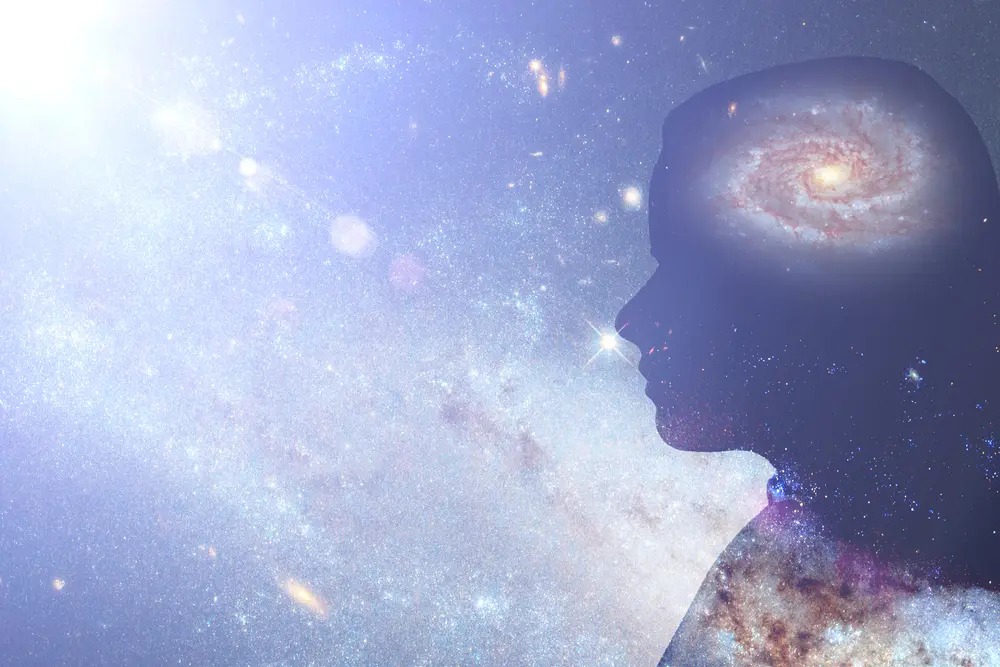
How To Activate Starseed Awakening
An excellent way to start your journey is to find a spiritual guide, someone who has already walked the path and is eager to take your hand and guide you towards your own awakening. There are so many options for directing your mind towards your higher self, and you might need to experiment to land on the perfect practice. Set goals for yourself and be clear about precisely what you wish to achieve before you begin setting practices for yourself, such as prayer and meditation routines.
For some, a Starseed awakening (or another type of awakening) comes easily and quickly. For others, it is a long and challenging path. It’s important to remember that every soul’s journey is unique and that you should never be hard on yourself. Spiritual enlightenment and self-discovery should be exciting and fulfilling!
You might get swept up in the legends, myths, and other ideas that float around among seekers, but don’t lose yourself in the process. Remember to accept YOU as YOU. Don’t force labels on yourself, and don’t be discouraged when a label you want doesn’t exactly fit you. Maybe you aren’t a Starseed, but who YOU truly are is so much more important and beautiful!
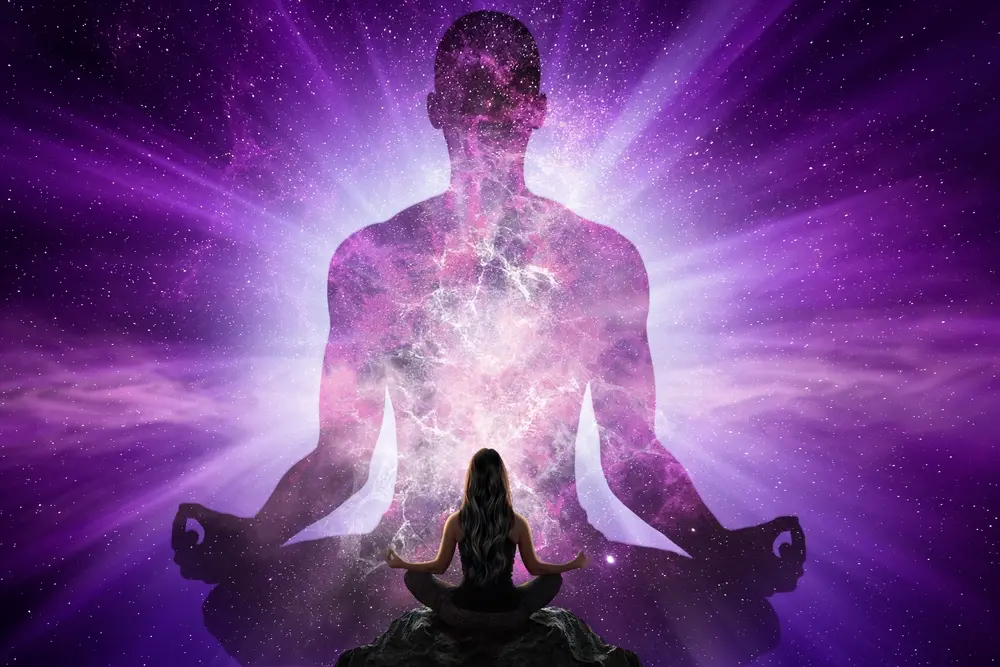
Embracing Your True Self
While it might be interesting and exciting to imagine that Starseeds are more evolved than Earth’s human beings, the truth is that any of us can expand at any moment. A Starseed might have the ancestry that points to expansion, but they may or may not have the intention to pursue their highest self.
It’s easy to become distracted by the latest spiritual systems or the most charismatic spiritual media stars. It’s even easier to want to leave our lives and bodies so that we can transcend the Universe and become Everything.
To truly transcend, we don’t have to go anywhere. We can do it from our living rooms.
We’re built to enjoy our minds and all the fantasies they conjure. We are constructed in such ways that one thought can lead us into heaven, while another leads us into hell. When it comes right down to it, as a species, we’re not very stable.
Whether you’re Starseed, Muslim, Lutheran, Japanese, Iranian, brown, red, tall, fat, wonderful, itchy, angry, or hilarious, your current “you” is a temporary construct that you continually co-created with your pre-birth guides, and the parents and cultures you chose for this life. None of these things are concrete.
They are temporary sets of constructs and conditions.
Your “you” is a layer atop a beautiful, powerful, vibrant soul, and you have unlimited potential in any direction. Your soul is not small letters; it’s an all-cap YOU, all the time. When we’re too distracted by our small yous, we can miss out on our fulfilling a purpose and embodying the Universe.
Always be careful with the labels you place on yourself. Every label is temporary, only partly true, and only at this moment. Each of these temporary self-identities has limitations and consequences. Try not to hold onto them so tightly.
We are in this life because we were called to this life. Live it as if you are here, in the now. Looking to the stars can be fun, but looking within is where you’ll find the gold. “Within” is your forever home.
If you want to learn more about the nature of your soul and your awakening journey, we can dive in together in a virtual private intuitive reading.
Last Updated: June 26, 2025
Read More About Starseeds
Meet Paul Wagner
Paul Wagner is a Spiritual Healer, Intuitive Life & Business Coach, clairvoyant reader, and a five-time EMMY Award-winning writer. He created “THE PERSONALITY CARDS,” a powerful Oracle-Tarot deck that’s helpful in life, love, and relationships. Paul studied with Lakota elders in the Pecos Wilderness, who nurtured his empathic abilities and taught him the sacred rituals. He has lived at ashrams with enlightened masters, including Amma, the Hugging Saint, for whom he’s delivered keynotes at Her worldwide events. Learn more about Amma in Paul’s article Amma: The Loving, Hugging, Humanitarian Saint
Paul lovingly offers profound intuitive readings, spiritual coaching, and illuminating courses to help others with self-discovery, decision-making, healing, and forgiveness. Learn more about intuitive readings with Paul HERE

